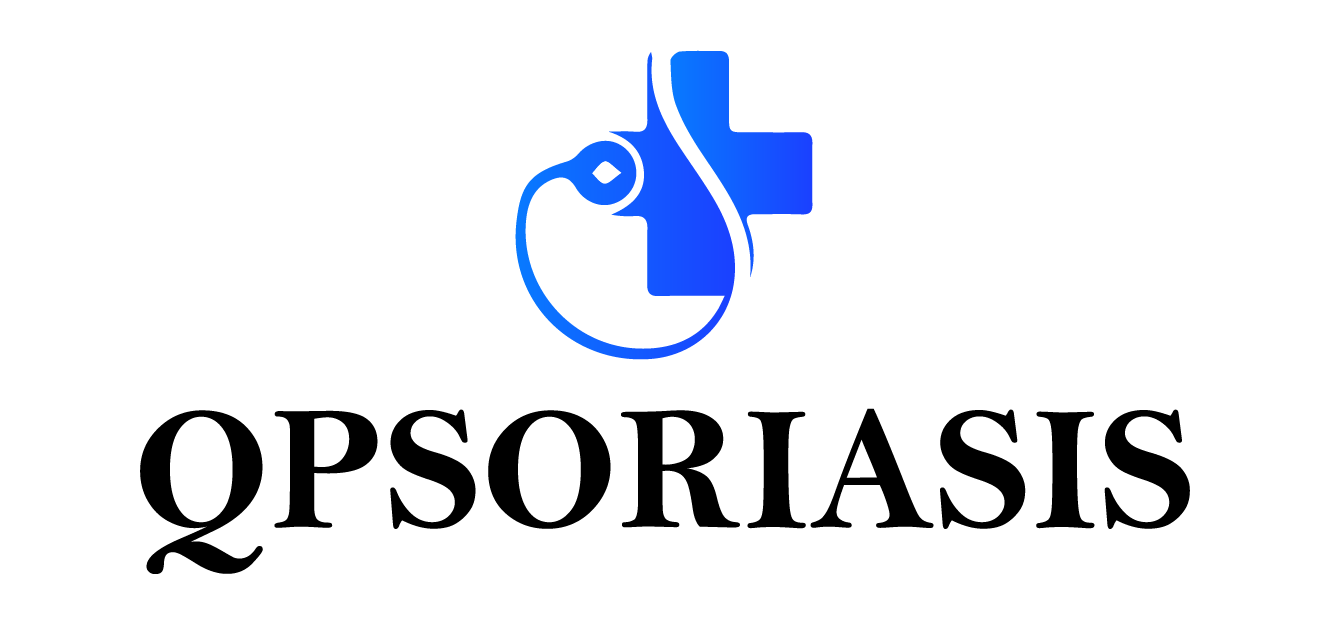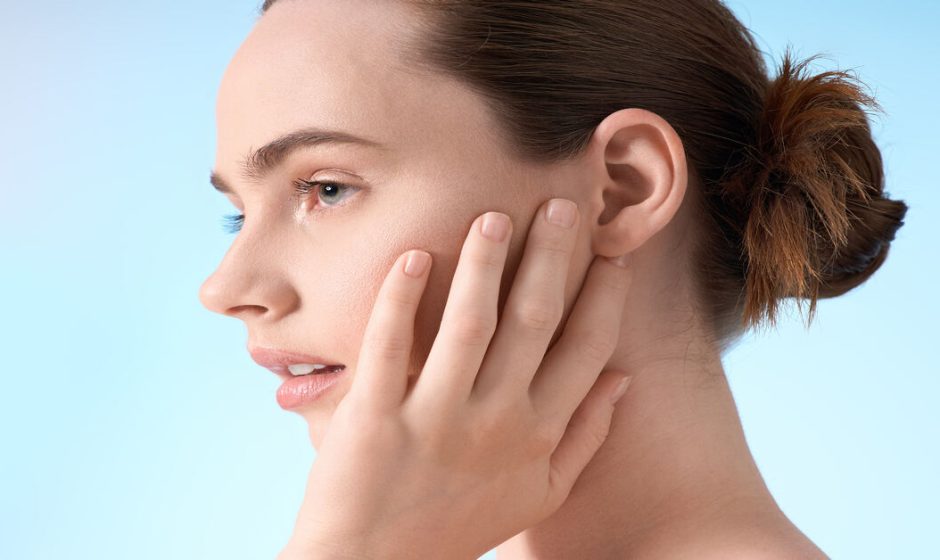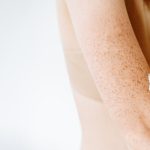Healthy skin is based on skin barrier function. A properly functioning barrier defends against microbes, restricts loss of excess water and assists the immune system to be balanced. In case of the barrier being undermined, the skin becomes more vulnerable to irritation, infection, inflammation and aging. In this article, the author describes the skin barrier biology, typical culprits in disturbing the skin barrier, quantifiable indicators of skin barrier damage, and intentional, empirically established methods of reclaiming and preserving skin barrier health in individuals with sensitive skin, psoriasis, acne, or other general skincare issues.
What is the skin barrier?
The most superficial layer of epidermis, known as stratum corneum, and the lipid matrix attached to it are the main participants of the skin barrier. The combination of them forms a physical, chemical, and immunologic barrier.
Components of the barrier
- Corneocytes: Keratinocytes are terminally differentiated dead cells (flattened cells) which build up barriers bricks.
- Intercellular lipids: A combination of ceramides, cholesterol, and free fatty acids which make the mortar that holds the corneocytes together keeping water out and harmful substances in.
- Natural moisturizing factors (NMF): Hygroscopic molecules (e.g., amino acids, PCA, lactate) that are small, and hence attract and retain water in corneocytes.
- Acid mantle: This is a thin layer of acid on the surface of the skin (pH 4.55.5) that maintains antimicrobial protection and enzyme activity to facilitate desquamation.
- Tight junctions and adnexal structures: The deepest elements of barriers and appendages (hair follicles, sebaceous glands) play a role in total barrier action.
Collectively these factors preserve hydration, control permeability and interplay with immune cells and the microbiome to safeguard the organism.
How the barrier protects and heals
The healthy barrier performs several vital roles:
Prevents transepidermal water loss (TEWL)
By limiting passive water evaporation, the barrier keeps skin hydrated, pliable, and resilient. Reduced TEWL supports enzymatic activities necessary for repair and normal desquamation.
Blocks pathogens and irritants
The compact corneocyte-lipid structure physically limits entry of bacteria, viruses, allergens, and chemical irritants. The acid mantle and antimicrobial peptides (e.g., defensins, cathelicidins) further deter colonization and infection.
Regulates immune signaling and inflammation
The barrier is not a passive one: local immune responses are communicated by the release of cytokines and lipid mediators by keratinocytes. Signal regulation facilitates healing; chronic inflammation, which may occur in diseases such as atopic dermatitis and psoriasis, is induced by incessant barrier damage.
Supports microbiome balance
A stable barrier promotes a diverse, balanced skin microbiome that outcompetes pathogenic organisms and helps modulate local immunity.
Causes of barrier disruption
Skin barrier functions can be impaired by many factors, which are environmental, behavioral, and biological.
External/environmental factors
- Harsh surfactants and frequent washing: Strong soaps and detergents strip lipids and NMF, increasing TEWL.
- Low humidity and cold weather: Dry air accelerates water loss and lipid stiffening.
- Ultraviolet (UV) radiation: UV damages lipids and proteins, impeding repair processes.
- Irritants and allergens: Contact with harsh chemicals or allergens provokes inflammation and barrier breakdown.
Behavioral and product-related factors
- Over-exfoliation: Excessive use of physical scrubs, strong chemical exfoliants (high-concentration AHAs/BHAs), or frequent peels can erode the stratum corneum.
- Inappropriate product combinations: Using potent actives (retinoids, high-strength acids) without adequate moisturization increases sensitivity.
- Hot water and long showers: Strip lipids and NMFs.
Biological and medical factors
- Genetic predisposition: Conditions such as atopic dermatitis involve filaggrin mutations and inherent barrier weakness.
- Age: Aging reduces lipid synthesis and NMF levels, making skin drier and slower to repair.
- Inflammatory skin diseases: Psoriasis and eczema both involve barrier dysfunction as part of their pathogenesis.
- Medications: Some topical and systemic medications can thin or alter the barrier (e.g., long-term topical steroids).
Recognizing a damaged barrier
Common clinical and subjective signs that skin barrier function is impaired include:
- Increased skin dryness, tightness, and flaky texture
- Persistent redness, stinging, or burning sensations after applying products
- Visible scaling, fissures, or rough patches
- Elevated transepidermal water loss (measurable clinically)
- Recurrent irritation, sensitivity to cosmetics, and frequent flares of inflammatory conditions
- Increased susceptibility to infections (e.g., fungal, bacterial)
Recognizing these signs early helps guide corrective care before chronic inflammation or secondary complications develop.
Evidence-based approaches to restore barrier function
Restoring the barrier focuses on replacing lost lipids and NMFs, reducing inflammation, and minimizing further insult.
Gentle cleansing
- Use mild, pH-balanced cleansers designed for sensitive skin. Avoid harsh soaps and sodium lauryl sulfate (SLS).
- Prefer lukewarm water and brief washing; avoid prolonged hot showers.
Replenish lipids and NMFs
- Emollients and moisturizers containing ceramides, cholesterol, and fatty acids mimic the natural lipid matrix and support barrier repair. Look for products with a balanced ceramide-to-cholesterol ratio.
- Humectants (glycerin, hyaluronic acid, urea) attract and retain water, used alongside occlusives.
- Occlusives (petrolatum, dimethicone, plant-derived oils) reduce TEWL and lock in moisture; apply while skin is slightly damp for best effect.
Avoid over-exfoliation and use actives wisely
- Reduce frequency and strength of chemical exfoliants if irritation occurs. Consider lower concentrations or buffered formulations.
- When using retinoids, acids, or other potent actives, pair with barrier-supportive moisturizers and introduce them gradually.
Anti-inflammatory and reparative ingredients
- Niacinamide: supports barrier lipids, reduces TEWL, and has anti-inflammatory effects through natural skincare remedies.
- Panthenol (pro-vitamin B5): aids hydration and repair.
- Topical corticosteroids or calcineurin inhibitors (prescribed): useful for controlling inflammation during flares; use under medical guidance.
- Prescription barrier repair creams (containing ceramides and humectants) may be recommended for severe dysfunction.
Lifestyle and environmental measures
- Use a humidifier in dry climates or during winter.
- Protect skin from excessive sun; UV accelerates barrier damage. Use broad-spectrum sunscreen appropriate for sensitive skin.
- Avoid smoking and excessive alcohol, both impair skin repair and hydration.
- Maintain adequate hydration and balanced nutrition; essential fatty acids (omega-3s) support lipid synthesis.
When to seek professional help
In case the home treatment does not help to relieve the symptoms, in case the skin is infected (pus, spreading erythema, fever), or in case of suspicion of chronic inflammatory disease, see a dermatologist. They are able to examine TEWL, prescribe treatment aimed at repairing prescription barriers, detect underlying illness (e.g., atopic dermatitis, psoriasis) and give advice on safe usage of medical actives.
Practical daily routine to support skin barrier function
- Morning: Gentle cleanser, lightweight moisturizer with ceramides and humectants, broad-spectrum sunscreen.
- Evening: Remove makeup with a gentle cleanser/oil cleanser, apply reparative moisturizer with ceramides and occlusive if needed for night-time repair.
- Weekly/monthly: Limit exfoliation to low-frequency, low-strength treatments; avoid combined strong actives without professional guidance.
Final Thoughts
The role of skin barrier is core to the well-being of the skin as a whole, and this protects the skin against the loss of water, pathogens, and harmful substances and allows the skin to repair and respond to immune system health. The environmental stressors, misuse of the products and underlying medical conditions are the sources of disruption though the barrier is very sensitive to the appropriate care. Gentle cleansing, ceramide-based moisturizers, humectants, occlusives, reasonable use of actives and lifestyle changes can restore the integrity of the barrier and minimize the sensitivity, inflammation, and exacerbations. In case of persistent problems, or in case of suspicion of infection or systemic disease, refer to dermatologic consultation, to be treated specifically.



